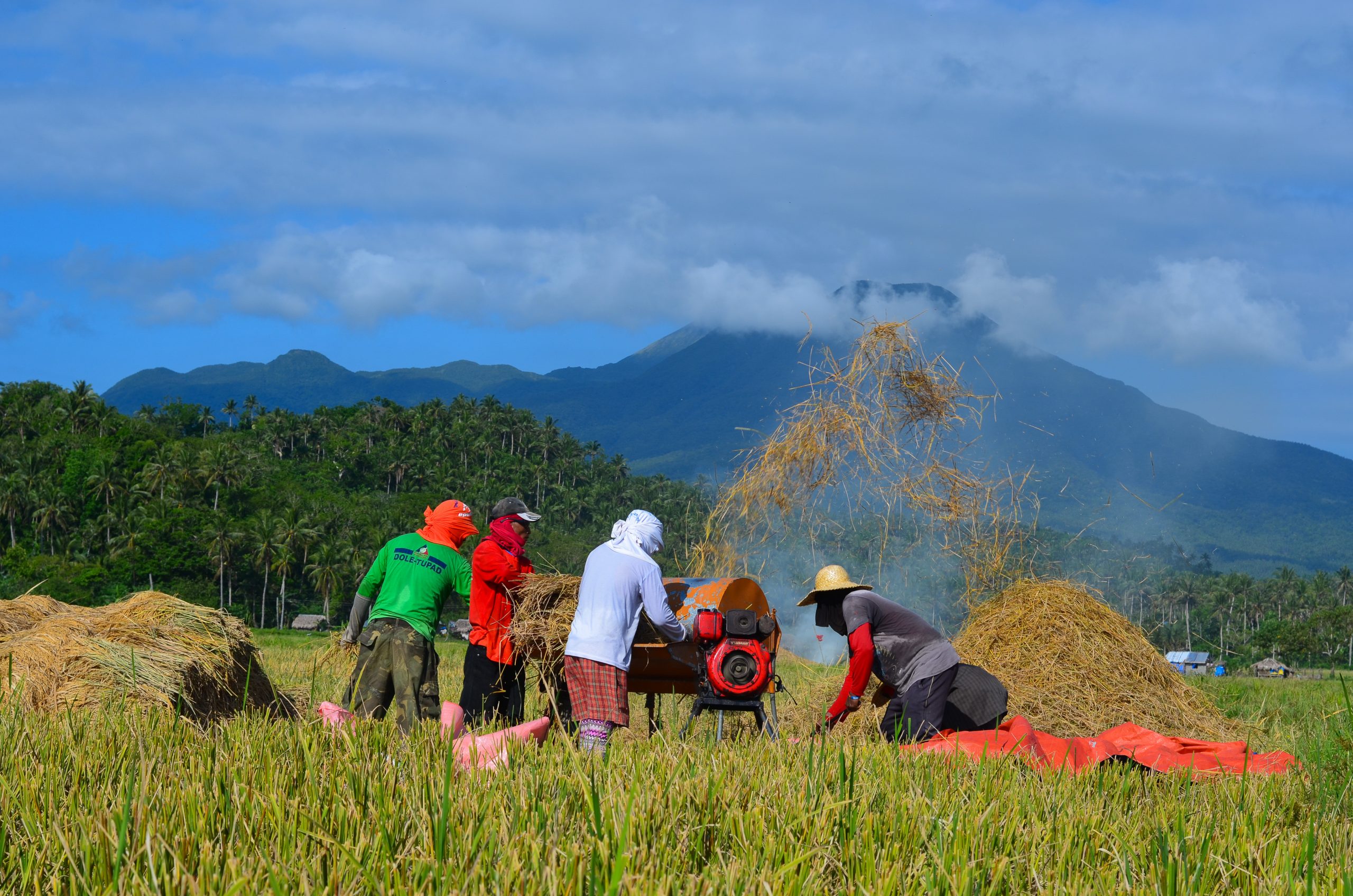
Three years since the implementation of the Rice Tariffication Law (RTL), the Department of Agriculture (DA) continues to achieve major accomplishments in flagship programs for the rice sector, owing to tariffs collected from rice imports.
“While the initial implementation of the RTL proved to be challenging due to start-up glitches, coupled with a protracted pandemic, the law served as the major gamechanger that spearheaded the structural transformation of the country’s agriculture sector,” said Agriculture Secretary William D. Dar.
“The record palay harvests for two consecutive years is proof of the success of the programs and initiatives under the RTL,” he added.
“Our mid-term review showed that the RTL provides for the appropriate policy framework and productivity-enhancing provisions to catalyze the transformation of the rice industry — from one that is focused on self-sufficiency to one that is less reliant on rice imports,” the agri chief said.
President Rodrigo R. Duterte signed into law Republic Act No. 11023—or the Act Liberalizing the Importation, Exportation and Trading of Rice, Lifting for the Purpose the Quantitative Import Restriction on Rice, and For Other Purposes (later known as RTL)—on 14 February 2019. The law amends RA No. 8178 or the Agricultural Tariffication Act of 1996 and replaces the quantitative restrictions (QR) on rice imports with tariffs.
Secretary Dar attributed the success of RTL to its framers, led by Senator Cynthia Villar, who masterfully steered the crafting and implementation of the new rice regime after more than 30 years of failed attempts under previous administrations.
“None of this will be possible if not for the political will and grassroot understanding of the rice sector by Senator Villar. As chairperson of the Senate Committee on Food and Agriculture, she worked hard for RTL to be realized, effectively ridding us of the numerous inefficiencies that hounded our QR regime,” Dar said.
As provided for under the RTL, Senator Villar pushed for the effective implementation of the Rice Competitiveness Enhancement Fund (RCEF) primarily to assist farmers enhance their productivity and improve the competitiveness of the rice sector.
Under the law, the DA is allotted at least P10 billion annually from 2019 to 2024 to bankroll four RCEF components that augment the existing Philippine Integrated Rice Program (PIRP). The four components are: 1) P5-billion farm mechanization; 2) P3-billion inbred rice seed development, propagation, and promotion; 3) P1-billion credit assistance; and 4) P1-billion extension and training services.
In the first three years since RTL’s promulgation, the DA has:
- distributed 19,399 farm machineries and equipment to 6,333 farmer cooperatives and associations (FCA) under the farm mechanization component;
- distributed 8.957 million bags of seeds, covering 4.18 million hectares;
- provided P3.05-billion worth of loans to 8,992 farmers and 172 farmer cooperatives;
- provided over P5.04 billion in financial assistance to more than 1 million rice farmers nationwide;
- granted 180,526 scholarships and trained 106,559 farmers, 2, 821 extension intermediaries and 13, 946 specialists and trainers under the extension component. At least 194 farm schools were established and more than 3,900 FCAs were assisted in enterprise development.
“The additional funding translates to increased productivity from 3.69 metric tons (MT) per hectare (ha) in 2019 to 4.03 MT/ha in 2021 wet season. This is about P5,100 per hectare increase at P15 per kilo gram of dry palay,” Secretary Dar said.
Since its implementation, the RTL has:
- led to the drop in rice retail prices of regular milled rice (RMR) from its peak of P45 per kilo in 2018 to an average of P37 from January to December 2021 benefitting hundreds of millions of Filipino consumers;
- contributed to taming inflation from a high of 6 percent in 2018 to an average of negative 2 percent from 2019 to 2021;
- benefitted indigent rice consumers because of lower market price of rice which constitute the bulk of their expenditures; and,
- generated extra revenues for the government from the proceeds of the tariffs on imported rice which totaled to approximately P37 billion from March 2019 to June 2021.
The DA chief also pointed out that the timely implementation of the RTL, prior to the Covid-19 health crisis, ensured rice security, as the private sector was able to build adequate rice inventory that averted possible supply shortage, especially during the strict lockdown periods.
“It was opportune that the RTL was passed and implemented in the second quarter of 2019, almost a year before the Covid-19 outbreak,” he said.
“The shortage would have been severe that year as it coincided at the height of the Covid-19 lockdown,” he said, adding that RTL proved to be instrumental in continuing to contain potential shortages and price spikes by ensuring stable prices during the Covid-19 months and controlling the upsurge in inflation from 2020 to 2021,” Secretary Dar added.
Moreover, the RTL has increased the purchasing power among the bottom 40 percent of the income groups due to the savings they gained from lower rice prices, the agriculture chief said.
“Rice is the top expenditure item among the country’s poverty-stricken general population. Making the rice sector more competitive is one of the priority agenda,” Secretary Dar concluded. ### (DA- StratComms)














